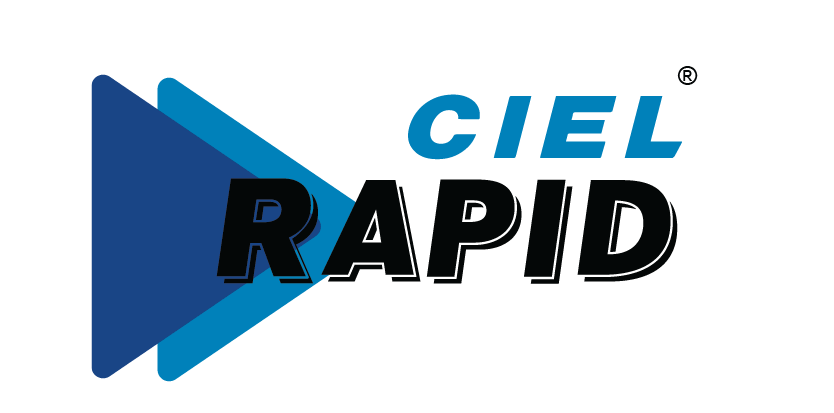In the words of famous American author and influencer, Stephen Covey, ” If you want small changes in your life, work on your attitude. But if you want big and primary changes, work on your paradigm.”
The post-COVID world is a new place where some of the old convictions and practices have gone through a tectonic change. Among these, our approach and perspective to the world of work has undergone a major overhaul. Managers and business owners didn’t accept that genuine and standard work is possible when individuals work away from their workplaces for a protracted period of time. The pandemic constrained us to attempt new alternatives and now, we plan work differently and monitor the progress in a manner different from the previous practice. Though a large number of individuals working in factories, warehouses, medical facilities and project sites site can’t work distantly, there are a plenty of jobs which can be performed distantly. Hence, there will be millions of people in the world who will work remotely every day.
What can organisations do to ensure that the performance of remote workers is monitored and boosted?
Let’s talk about the basics!
Business results depend upon the manner in which work is structured, tasks are delegated and the manner in which people carry out those tasks. Top managers in an organisation have to ensure that the business processes have been designed right and the expectations from each process are clearly defined. Secondly, they need to ensure that the people are trained well to carry out the tasks and motivated enough to work diligently.
Right off the bat, the managers at various levels in the organisation must hold the same belief about the key processes. Many organisations have a huge dissonance among their managers on this; they are not in agreement with one another about the priorities and hence, the key processes, let alone the key parameters. At times, managers show innovative spirit to draw up their own variations of the desired work process and the success measures; as a result, we have confusion and disarray. Top leaders of the organisation have to create an alignment among the managers on this crucial component in performance management process.
When individuals work under one roof, it is simpler and easier for the top leaders to spot the lacunae and make appropriate corrections. In the current scheme of things and the future as it looks now, they have to find new ways of keeping the alignment intact. Hence, they need to invest energies in internal communication and press for standardisation and process integrity.
Apart from this critical piece on alignment, each manager has multiple work processes to manage and boost performance through affirmative actions on all of them. They have to focus on multiple stakeholders at the same time. One can potentially lose sight of a few work processes if one or two other processes go out of control. Similarly, focusing on one stakeholder excessively will loosen the grip on the others giving rise to discord or dysfunctionality. Hence, it is critical for a high-performing organisation to define its work processes well and align all the managers along these processes well.
Set clear objectives
It is actually quite difficult for a manager to run all the business processes effectively keeping the right amount of focus on all stakeholders. Managers across levels, functions and geographies have their unique context of challenges, opportunities, weaknesses and strengths. Besides the question of context, each of them brings their own capabilities and preferences to the table. As a result, it is natural that each of them will not focus on the same set of performance challenges. However, each of their work has to complement the others so that there is no cacophony.
In order to address this complex situation, every organisation has to accomplish a specific level of congruity in its movement and a consistency of direction. Present day organisations define OKRs (Objectives and Key Results) and KPIs (key execution pointers). While individuals are working remotely, everybody irrespective of their jobs must have a clear view of the OKRs and KPIs applicable for their role. This is the second most significant segment in the riddle.
Use Technology to your advantage
It isn’t sufficient to assign OKRs and KPIs. We need to integrate these fully with on-ground execution. In the post-COVID world, every organisation will have remote workers on any given day. They will work away from the actual work environment and at a time different from the standard work hours. Our management systems and practices should be such that we are able to create equal opportunities for everyone to succeed, monitor their performance, coach and guide them to boost the performance levels.
Utilizing recent innovations in technology such as cloud, artificial intelligence and mobile, many tools are available which help in assigning, measuring and reporting the performance levels. Organisations could purchase any of these tools off-the-shelf and configure to suit their respective situation. The key is to execute the performance framework well.
We need to identify the key processes, finalise the KPIs, set targets for each person, discuss the same with the individual and set off the repetitive process from measurement to improvement as per the pre-set periodicity. Right from the top tier leadership to the frontline supervisor, everyone must excel in the cycle of measuring to improving the performance levels on a consistent basis. All managers must run their rewards and recognition efforts based on the KPIs measured and reported on the PMS tool.
This culture of managing performance is going to be one of the most crucial components for any organisation’s future,
Ref: https://hr.economictimes.indiatimes.com/news/workplace-4-0/performance-management/measuring-remote-work-performance/79961749


